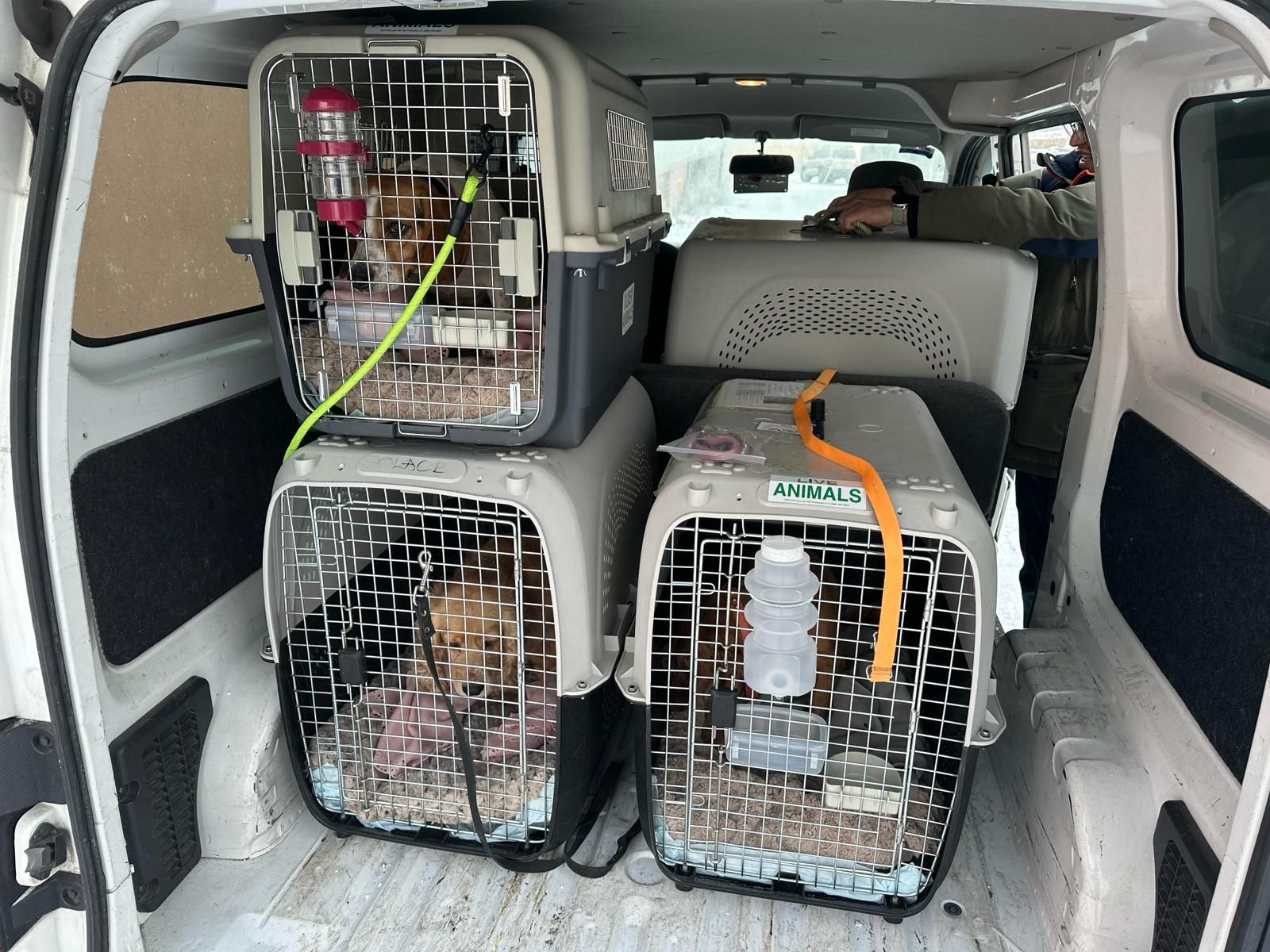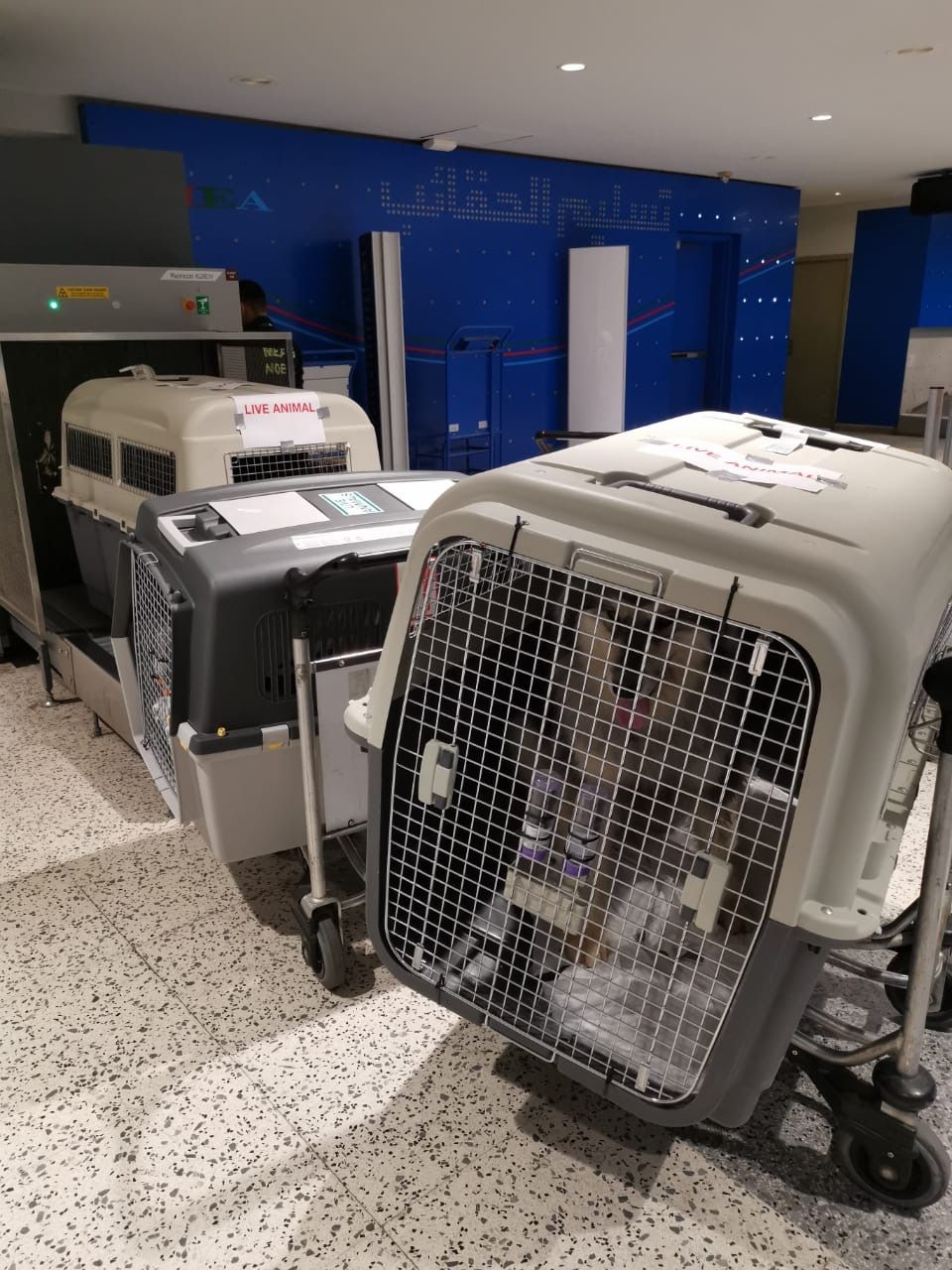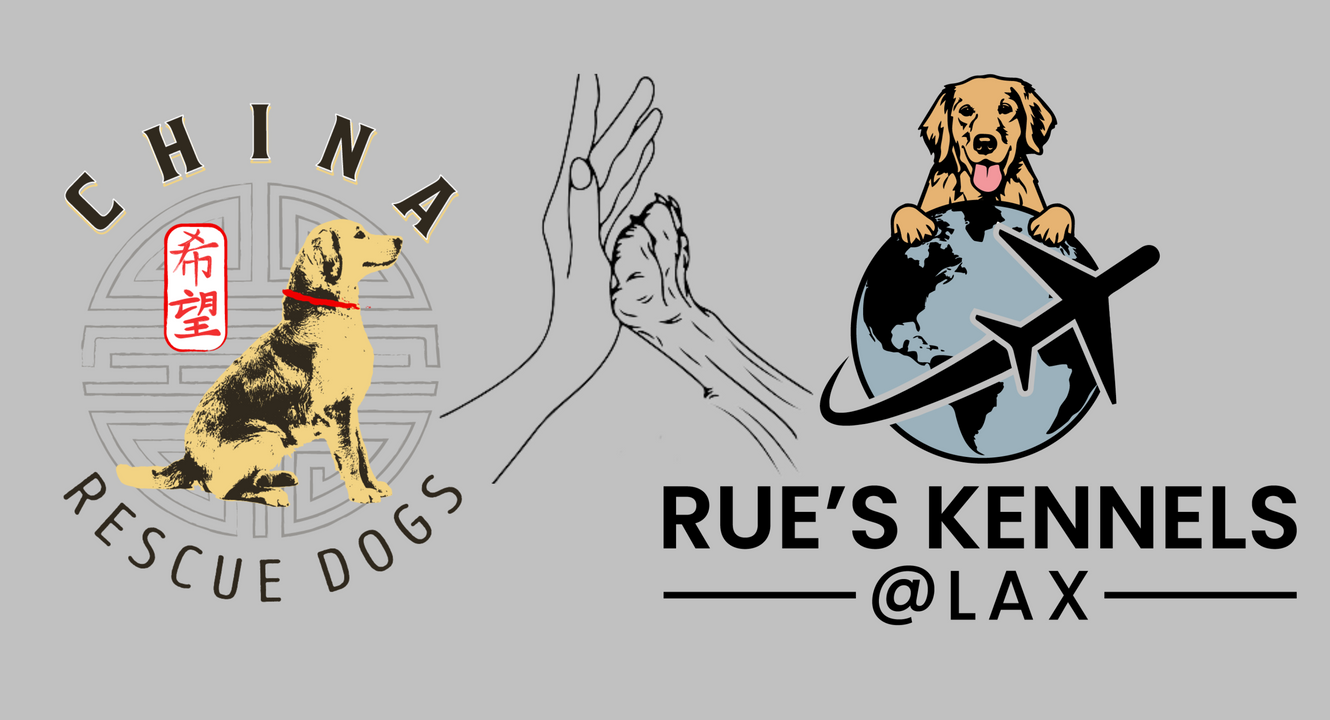Step-by-Step Guide to Preparing Your Pet for Overseas Travel
Traveling overseas with your pet can be an exciting adventure, but it requires meticulous planning to ensure your furry friend’s comfort and safety. From securing the right documentation to selecting the best travel crate, every step is essential to guarantee a hassle-free journey. In this guide, we’ll walk you through the entire process of preparing your pet for international travel.
Step 1: Understand Pet Travel Regulations
Before planning your trip, familiarize yourself with the regulations of your destination country. Different countries have specific requirements regarding pet entry, such as quarantine periods, prohibited breeds, and mandatory vaccinations.
Key Points to Research:
- Import Restrictions: Check if your pet's breed or species is permitted.
- Quarantine Policies: Some countries, like Australia, require a quarantine period even with proper documentation.
- Vaccination Requirements: Most countries mandate up-to-date vaccinations, especially for rabies.
- Microchipping: Many nations require an ISO-compliant microchip for identification.
Pro Tip:
Consult the embassy or official government website of your destination country for the most accurate and updated information.
Step 2: Schedule a Vet Appointment
Your pet's health is a top priority during international travel. Schedule a veterinary appointment well in advance to ensure all medical requirements are met.
What to Discuss with Your Vet:
- Vaccinations: Confirm that your pet’s vaccinations are current and aligned with your destination’s requirements.
- Health Certificate: Most countries require an official health certificate issued within 10 days of travel.
- Parasite Prevention: Administer flea, tick, and worm treatments to avoid health issues during the trip.
- Sedation Options: If your pet is prone to anxiety, discuss safe calming solutions for travel.
Step 3: Obtain the Necessary Documentation
Proper documentation is crucial to avoid delays or complications at customs. Here’s a checklist of essential paperwork:
Checklist:
- Health Certificate: Signed by an accredited veterinarian.
- Vaccination Records: Including rabies and other required shots.
- Import Permits: Required by some countries, which must be secured in advance.
- Microchip Information: Proof of your pet’s unique ID.
- Airline-Specific Documents: Some airlines require additional forms or declarations.
Make multiple copies of these documents and store them in a secure, accessible location during travel.
Step 4: Choose the Right Travel Crate
Selecting the correct travel crate is vital for your pet's comfort and safety. The crate must meet International Air Transport Association (IATA) standards.
Features of an Ideal Travel Crate:
- Size: Your pet should be able to stand, turn, and lie down comfortably.
- Ventilation: Ensure proper airflow on all sides of the crate.
- Secure Locking Mechanism: Prevent accidental escapes.
- Durability: Opt for sturdy, impact-resistant materials.
Crate Training Tips:
Start acclimating your pet to the crate weeks before your departure:
- Place familiar bedding or toys inside to create a sense of security.
- Gradually increase crate time to build comfort.
- Offer treats to encourage positive associations.
Step 5: Book Your Pet’s Travel Arrangements
Contact your airline early to understand their pet travel policies and secure a reservation for your pet. Many airlines have limited space for live animals, so book well in advance.
Key Questions to Ask Your Airline:
- Does the airline allow pets in the cabin or cargo hold?
- What are the crate size and weight restrictions?
- Are there layover-specific rules for pets?
- What are the fees for transporting animals?
If possible, choose direct flights to minimize stress for your pet and reduce the risk of delays.
Step 6: Pack Pet Travel Essentials
Prepare a travel kit to ensure your pet’s needs are met during the journey.
Travel Kit Essentials:
- Collar with ID Tags: Include your contact information and destination address.
- Leash: Useful during layovers or emergencies.
- Food and Water: Pack enough for the journey and a bit extra.
- Portable Bowls: Lightweight and collapsible for convenience.
- Waste Bags: Keep things clean during stops.
- Comfort Items: Bring their favorite toy or blanket to reduce anxiety.
Step 7: Prepare for Travel Day
On the day of travel, take steps to keep your pet calm and comfortable.
Tips for a Smooth Travel Day:
- Feed your pet a light meal a few hours before departure to avoid an upset stomach.
- Exercise them to tire them out before boarding.
- Check the crate’s security one final time.
- Arrive early at the airport to allow time for check-in and inspections.
Step 8: Adjust to the New Environment
Once you’ve arrived at your destination, help your pet acclimate to their new surroundings.
Steps to Take Upon Arrival:
- Inspect your pet for signs of stress or dehydration.
- Provide fresh water and a familiar meal.
- Give them time to explore and adjust to the new environment.
- Monitor their health in the days following travel, and consult a vet if needed.
Additional Resources
For more guidance on international pet travel, check out our Pet Travel Services page. We provide expert assistance with documentation, crate preparation, and more to ensure your pet’s overseas journey is stress-free.
By following this step-by-step guide, you can confidently prepare your pet for their adventure abroad. Careful planning and attention to detail will ensure a safe and enjoyable trip for both you and your furry companion. Safe travels!
share this
Related Articles
Related Articles



STAY UP TO DATE
GET PATH'S LATEST
Receive bi-weekly updates from the church, and get a heads up on upcoming events.
Contact Us

















